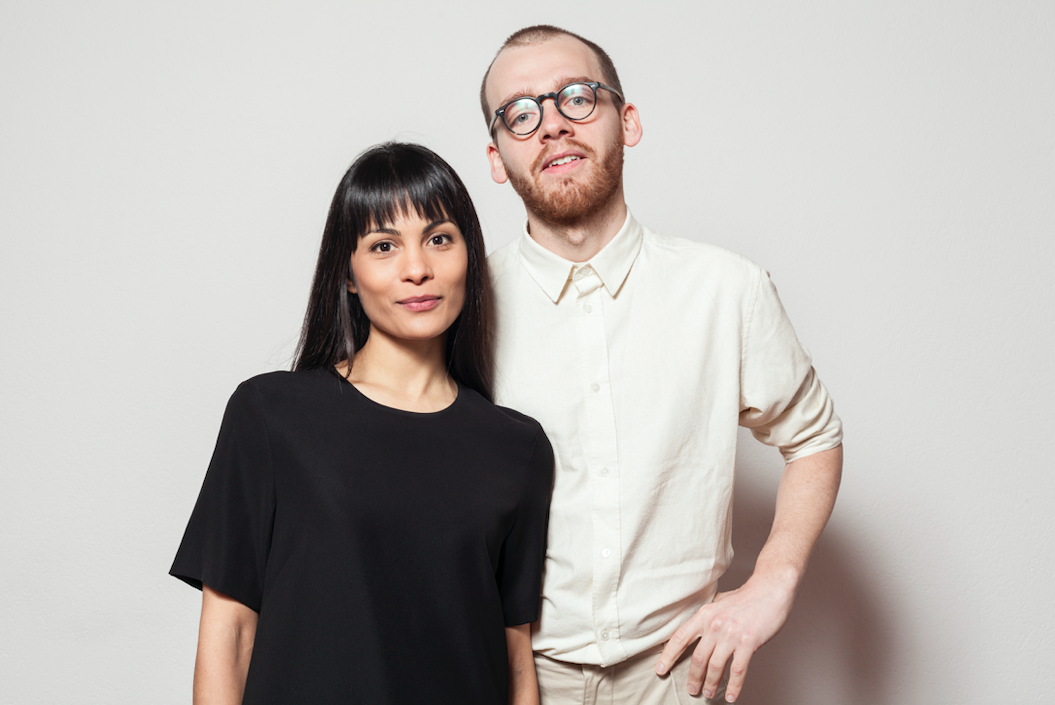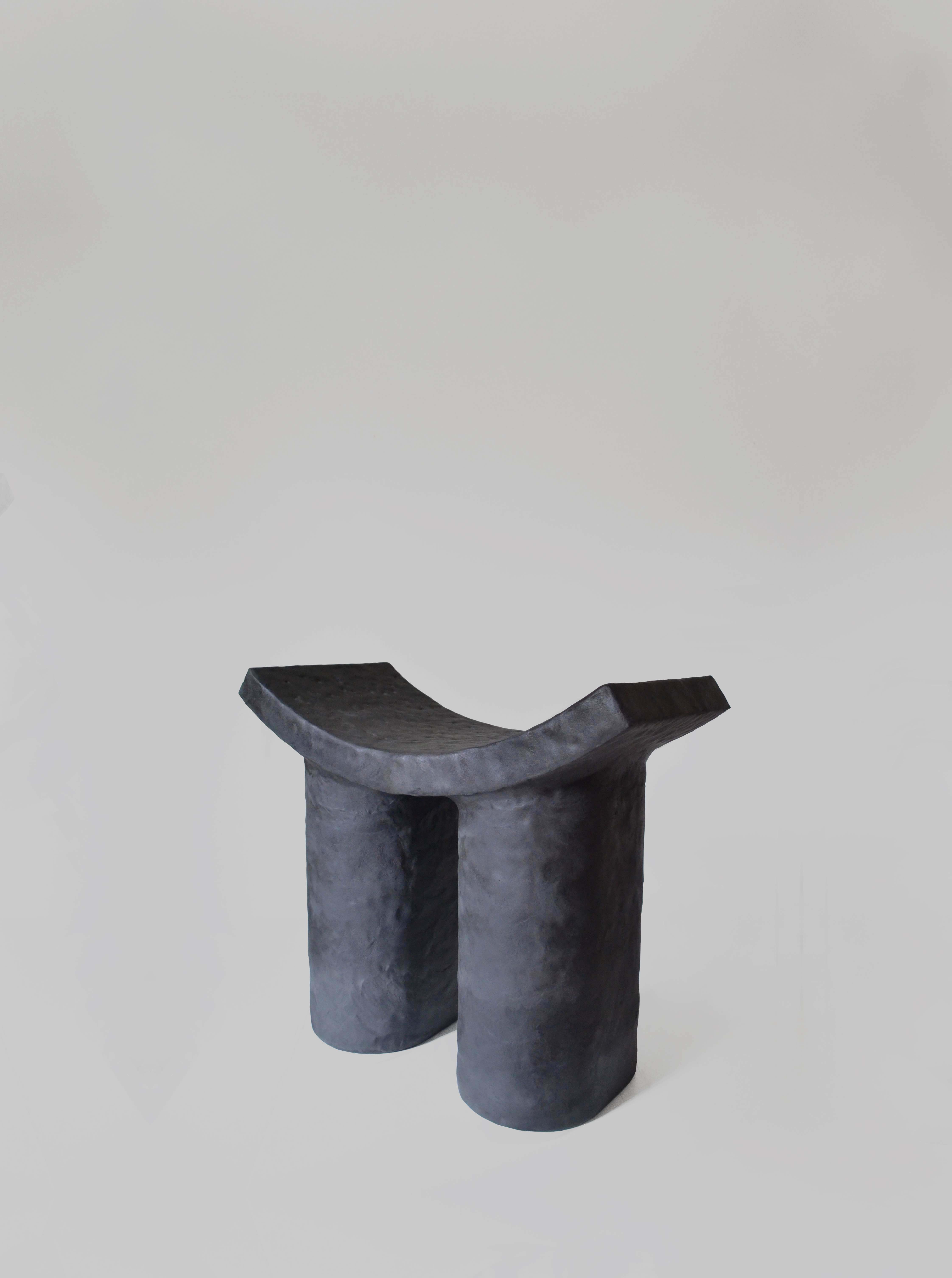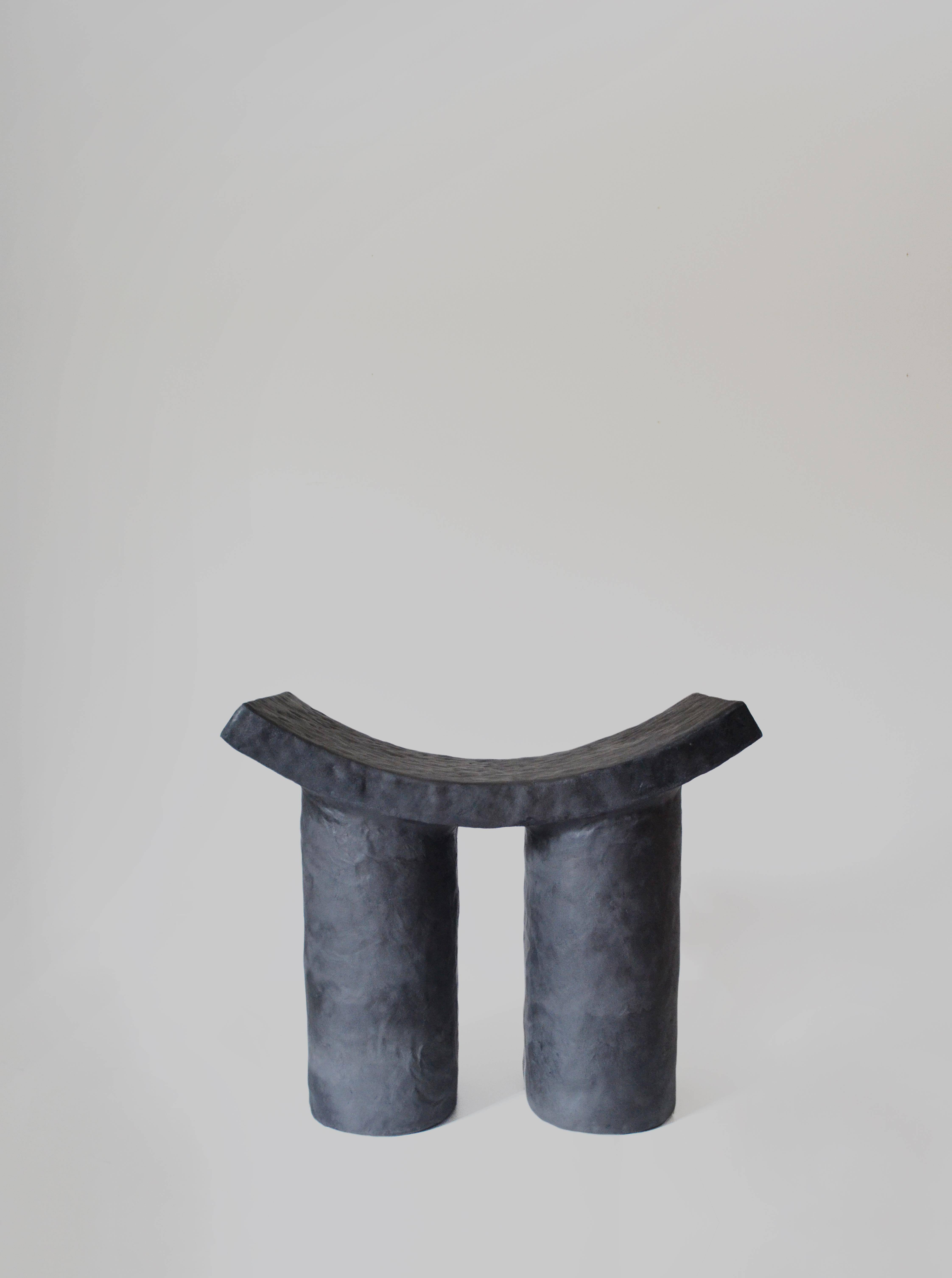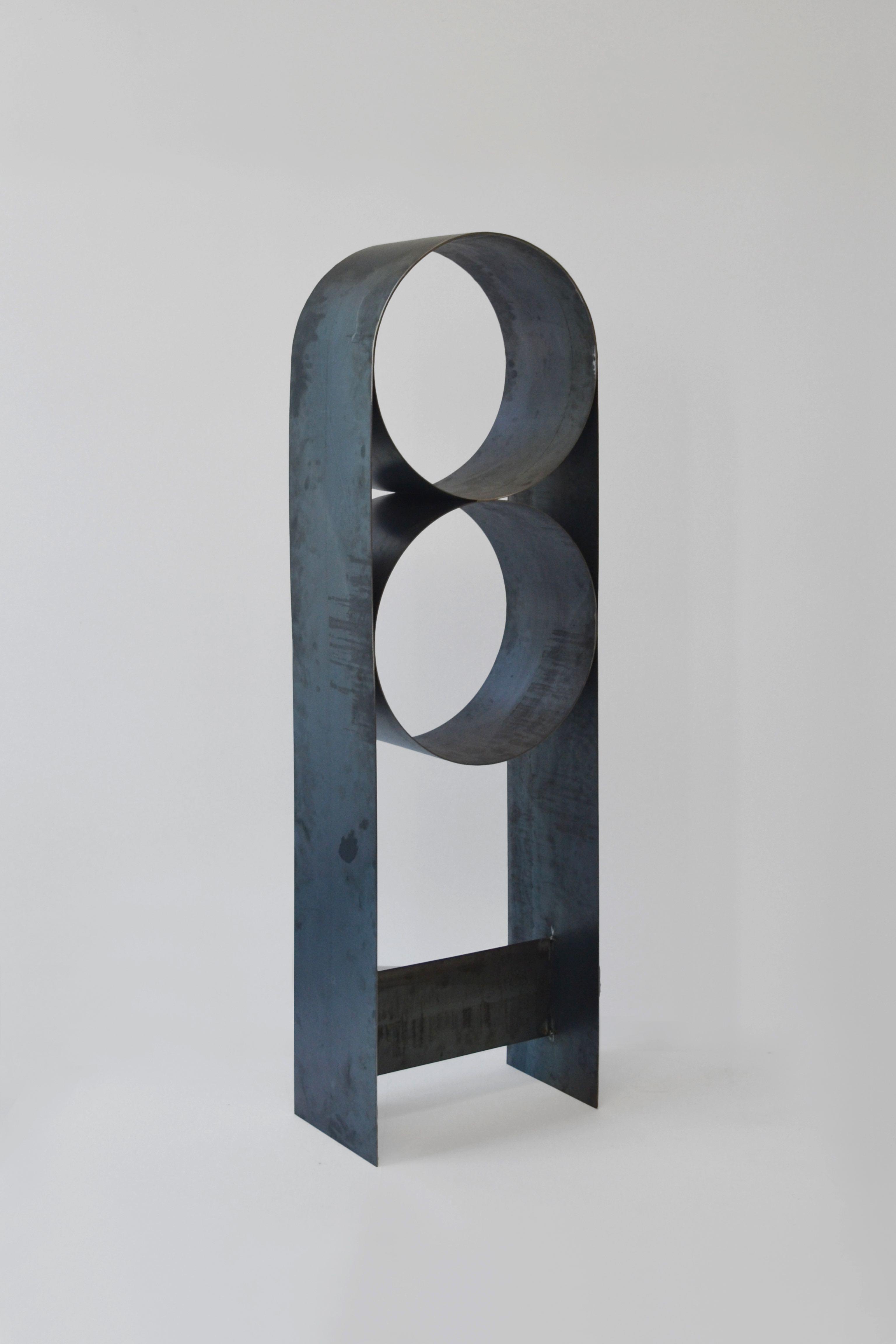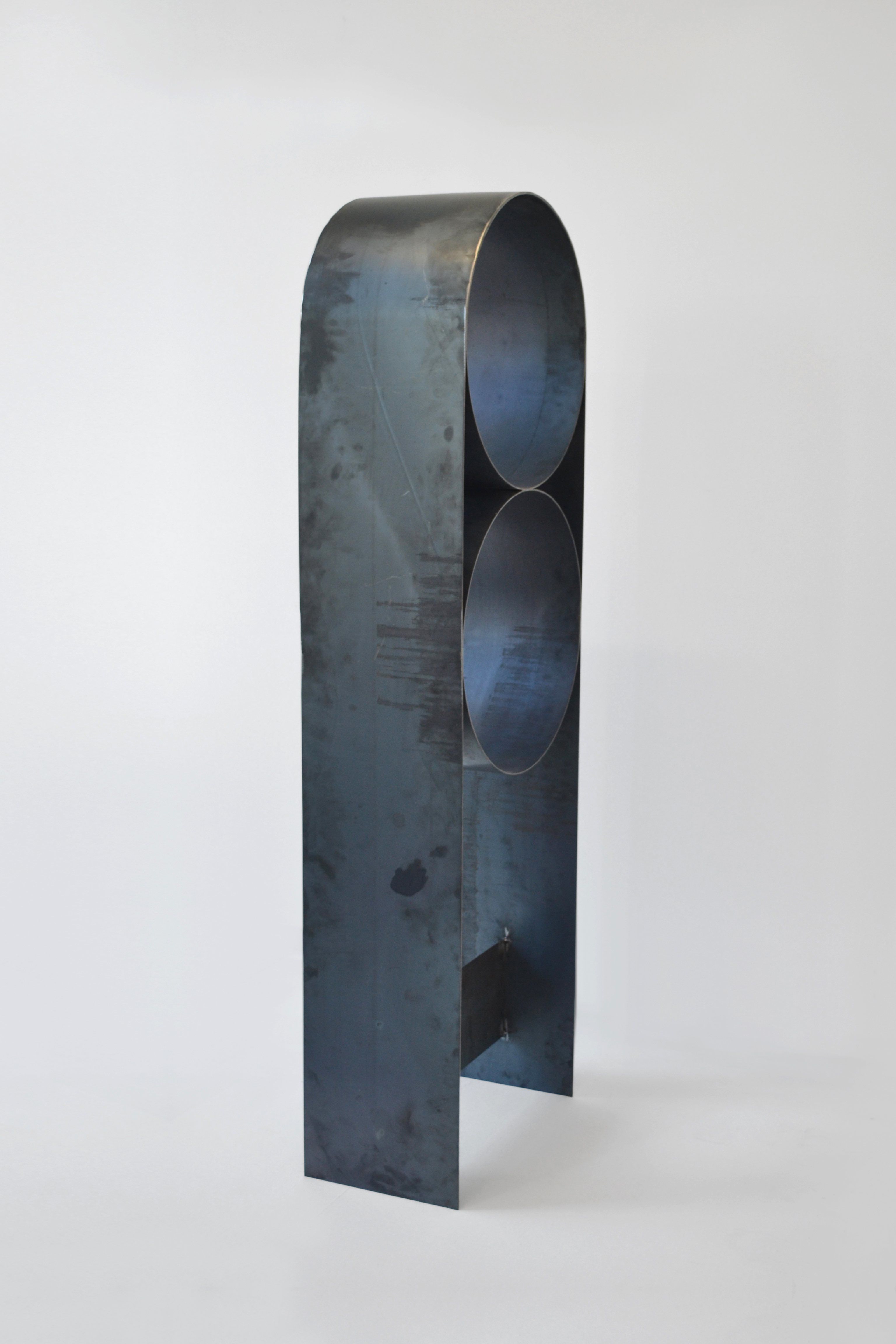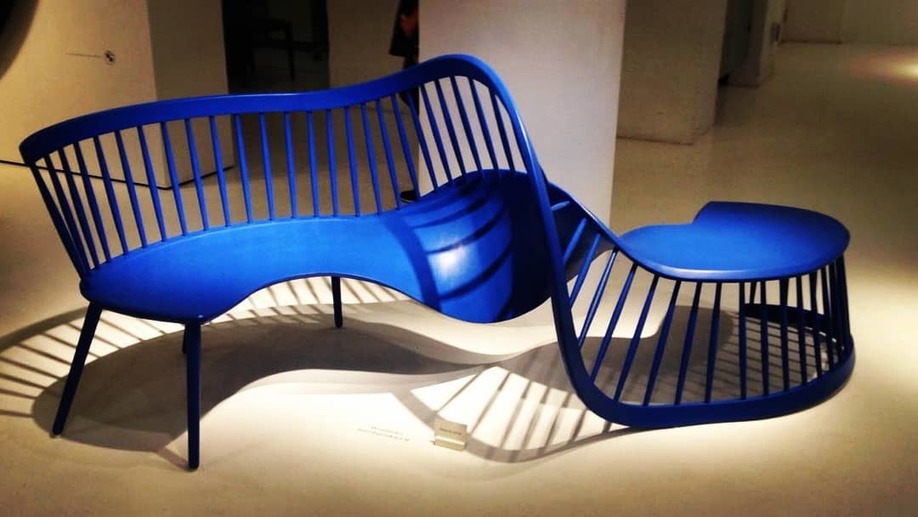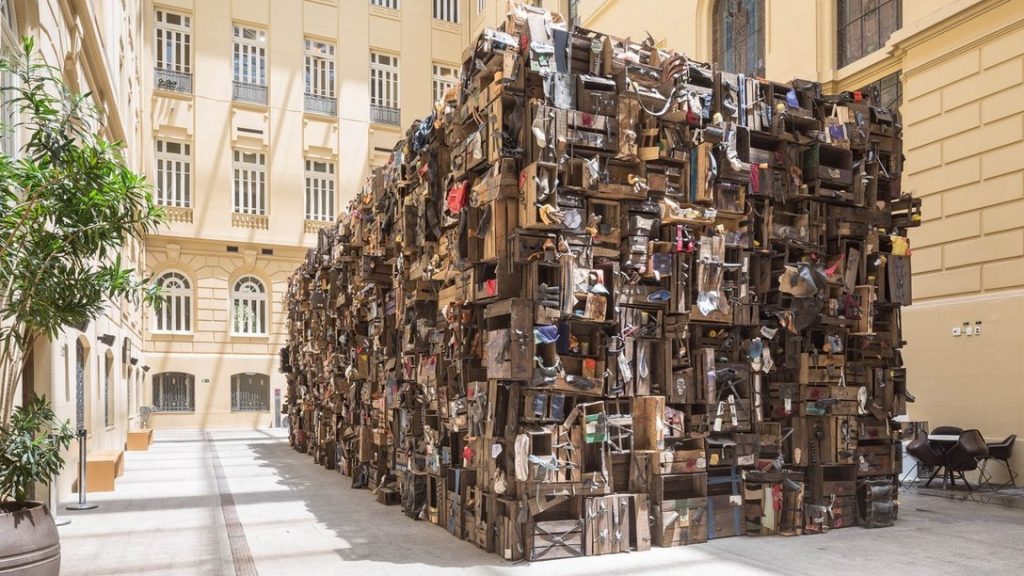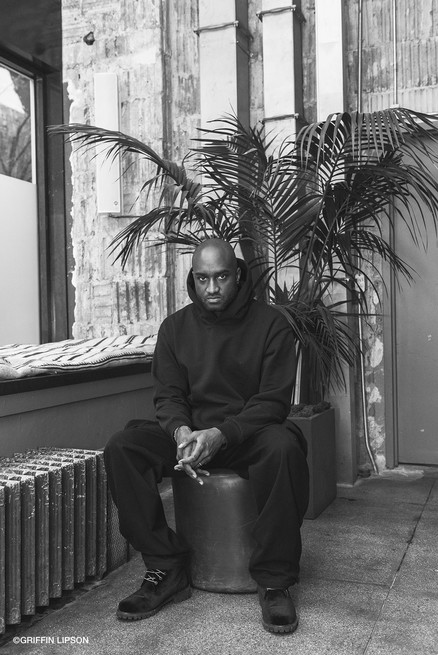CARA/ DAVIDE design studios – A practice rooted in emotional, cultural and personal perspective
Cara Judd (South Africa) and Davide Gramatica (Italy) are the individuals behind the Milan-based design studio CARA/DAVIDE. The duo works in product design, event curation and offer creative consultancy to private clients and studios. Their practice is rooted in the personal —prioritising local context over the universal—using design to unite ideas and ideals into visual experiences.
Below is an interview with Cara Judd about the studio’s projects and practices.
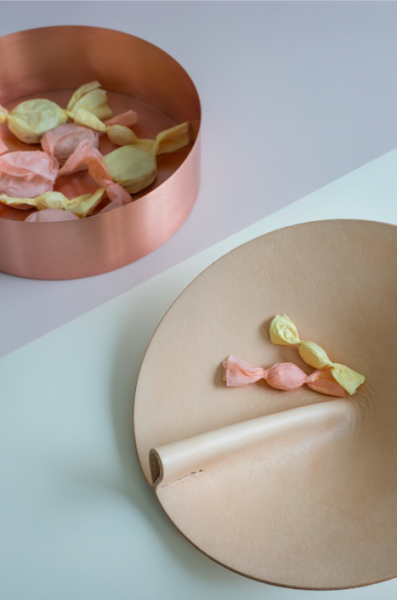
NM: Can you tell us about how and when you started collaborating?
CJ: We founded our studio in 2016 after having pursued individual professional experiences. During that time we often collaborated on personal projects so it was a natural process to open up our own studio.
NM: What are some design principles that you hold dear and that are at the core of your designs?
CJ: More than design principles our work is based on a process of confrontation where our different backgrounds and cultures play an important role in sparking up those conversations. A recurring theme in our work is its coherency to the context or territory in which we are developing the project, so we spend time understanding that through research and by collaborating with the locals.
NM: Obviously “sustainability” has been a hot term for the past couple of decades, I would be interested in how you think through and approach sustainability in your work.
CJ: Sustainability is such a broad term and when it is handled as a macro topic it’s easy to lose perspective of the real problem. Sustainability is a cultural issue, it’s the way we approach this topic and how individuals evaluate and integrate sustainable choices in their work and living. On a macro level, a lot of attention has been given to the sustainability of materials, for example, plastic. Instead of condemning this material on a macro level we should evaluate it in its context. For instance, a durable, long-lasting plastic used for those qualities is a sustainable option but it depends on our cultural ability to evaluate that. Our approach to sustainability in our work is based on these thoughts of how we can contextualize what sustainability means in different areas of our work.
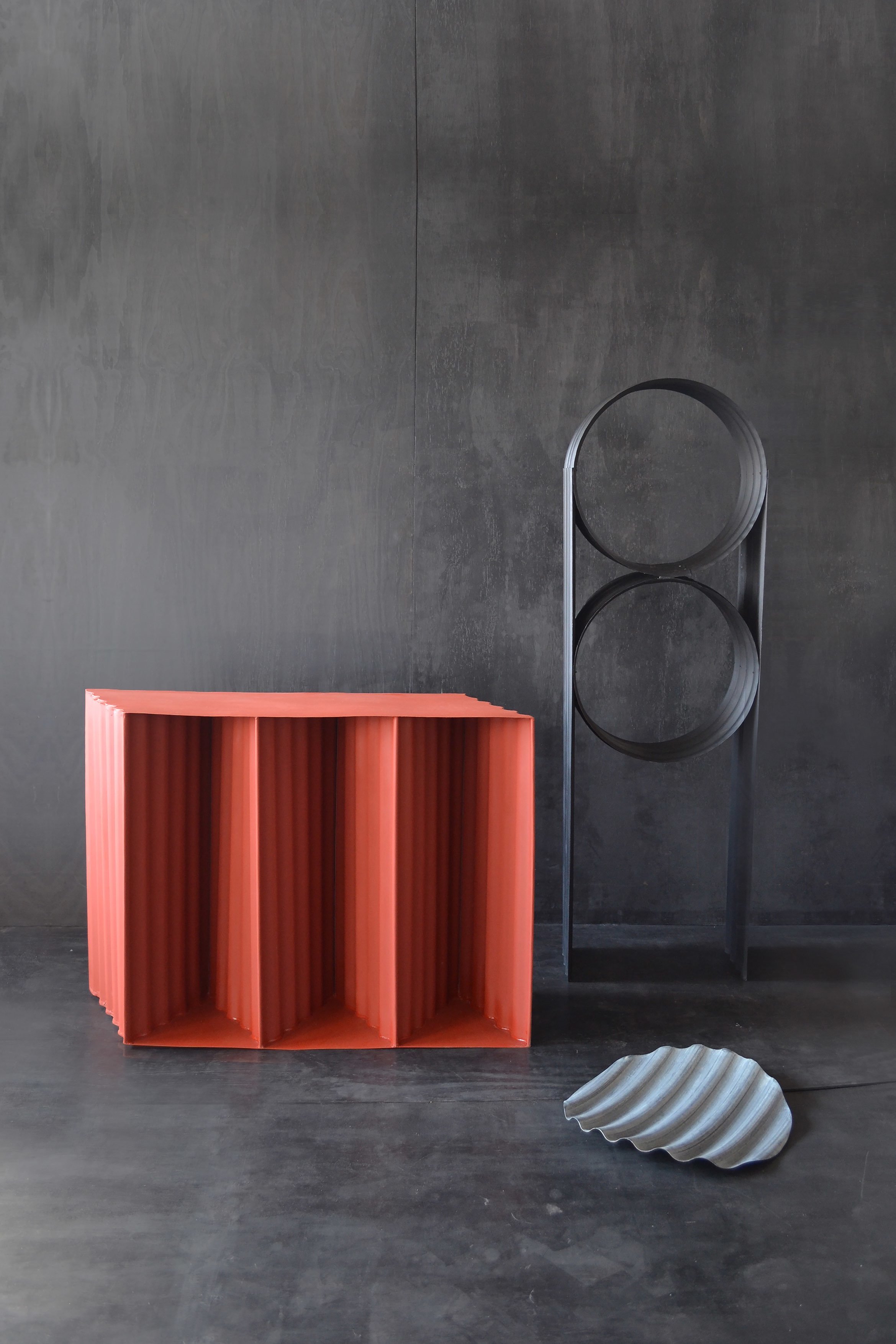
NM: I’m also interested in how in your perspective, the two landscapes/ environments are different in terms of design (i.e. South Africa and Italy) and how (if at all) that influences your work?
CJ: The difference is a historical one. Italy has a rich heritage and excellence in art and design with a high level of artisanal skill and the design development has been strongly influenced by this. Generally, works are highly refined and academic. South Africa has its own rich heritage of arts and artefacts but with a very different history of strong social conflict. The attention to social issues is almost innate and designers are not limited to predefined structures of what design should be. Having had the opportunity to develop our work in both countries we did perceive some differences, mostly in the way that design is approached or carried out. For us, the influence that our different cultures have on our work is important as it gives us the opportunity to continuously change perspective.
NM: I’d like to know how materiality of different objects influences what you create, do you think of materiality as the basis for aesthetic experience?
CJ: Materiality is an outcome of an idea or consideration. In our latest works, mono-materiality has played a strong role but it was more of a result than a choice of materiality. Material, predominant or not, is an ingredient in our work. Working with single materials helps to synthesize an idea and make it more immediate, recognizable or iconic. The outcome of our works are often a synthesis of our (very) different ideas so perhaps the mono-materiality helps us express that synthesis.
NM: Can you tell us a bit about your recent project “Territorio”? What is it about and what does it seek to achieve?
CJ: Territorio is a collection we developed for Africa Africa, an exhibition at Palazzo Litta in Milan and represents the start of a very personal and ongoing research of diversity, context and culture. Being a mixed cultured duo and having a South African heritage but being based in Milan, it was important for us not to just create an African-inspired work but to contextualize it in our current surroundings and draw a parallel between these two territories. Visually, the collection is based on a series of strong and expressive formal elements gathered in a research of traditional sub-Saharan sculpture, objects, architecture and costumes. In terms of production, easily available industrial materials are used for its construction. In this way, the rhythm of the objects of the “Territorio” collection is dictated by the rhythm of industrial production with standards of radii, curves and thickness defined by the manufacturers. The industrial putty applied to structure is a lengthy manual process which too becomes an important part of its production and spirit.
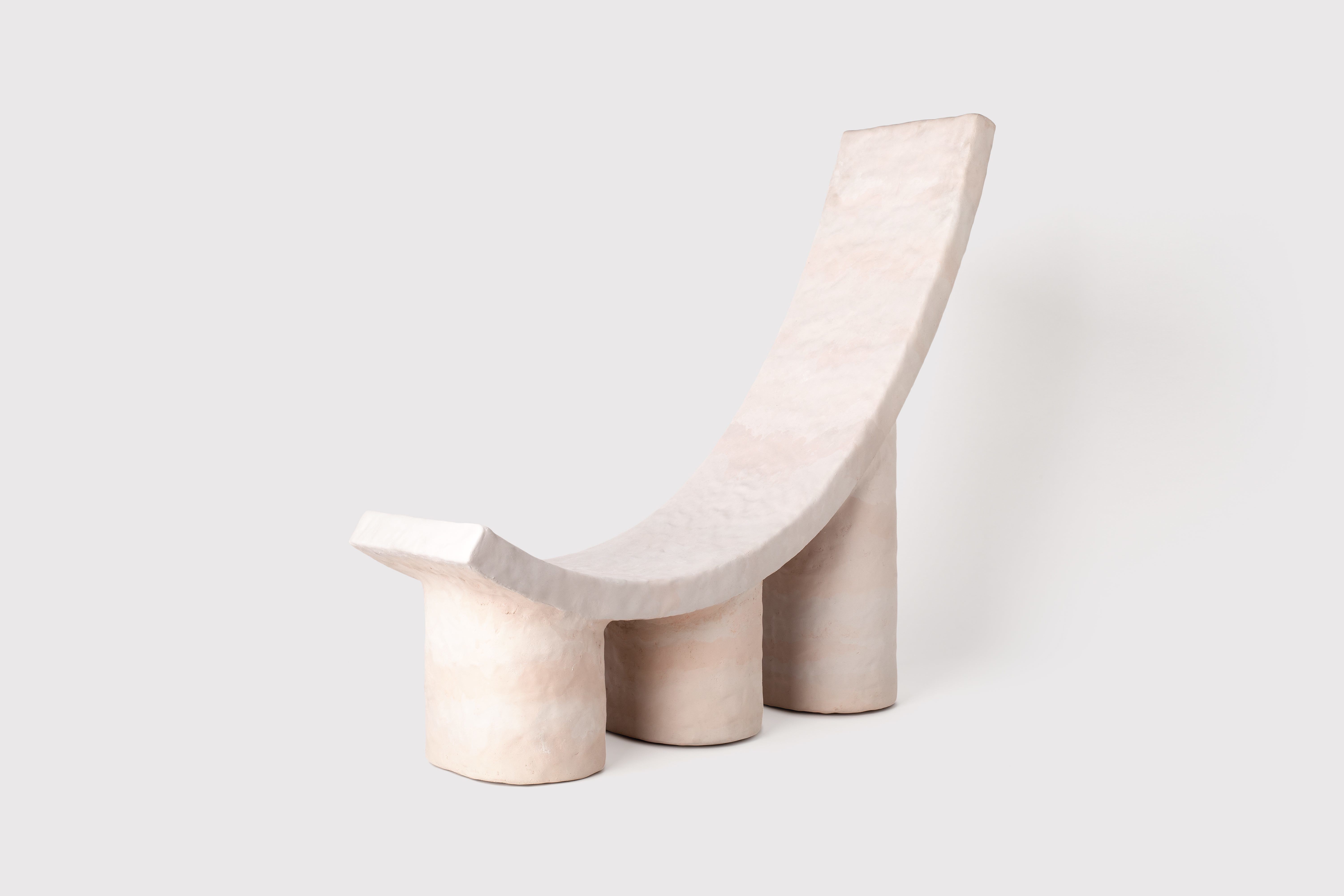
NM: Looking at your work, it seems extremely “pruned” – in the sense that it is very clean without much ornamentation, can you speak to this?
CJ: Interestingly, yes it is, even though it was not a deliberate choice but more a consequence and it’s possible that our future works might not have this characteristic. As a young studio, through each new work, we start to shape and define our vision. The works we have developed so far are related to culture, context and material and dealing with such extensive themes we devoted a lot of energy to the concept and meaning of the project. Therefore, the resulting aesthetics needed to function as a visual expression of this in a concise and clear way.
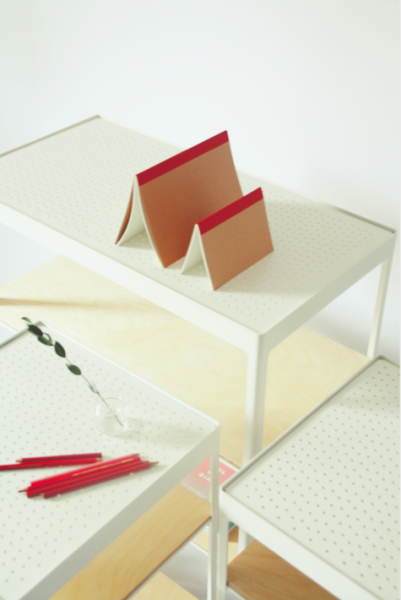
NM: Can you tell us a bit about how you think through the following concepts (your philosophy so to say) a) form, b) colour, c) rhythm and d) shape?
CJ: All of the above are consequences or ingredients. We do not have any fixed philosophy about each one and it is likely that our works could even contrast one another if analysed under one of those titles. Perhaps we don’t have strong ideas about the above as we are still searching to define our own philosophy. We don’t only identify from a technical or functional point of view but also from an emotional, cultural and personal perspective.
NM: What is the scope of your work; what objects will you design and what objects will you not design?
CJ: Ultimately, we aim to create meaningful objects, spaces or narrations which can benefit in terms of use, pleasure or discussion. We’d like our work to be stimulating in terms of interaction and thought with whoever encounters it. In this phase of our career, we are not limited to any specific field.
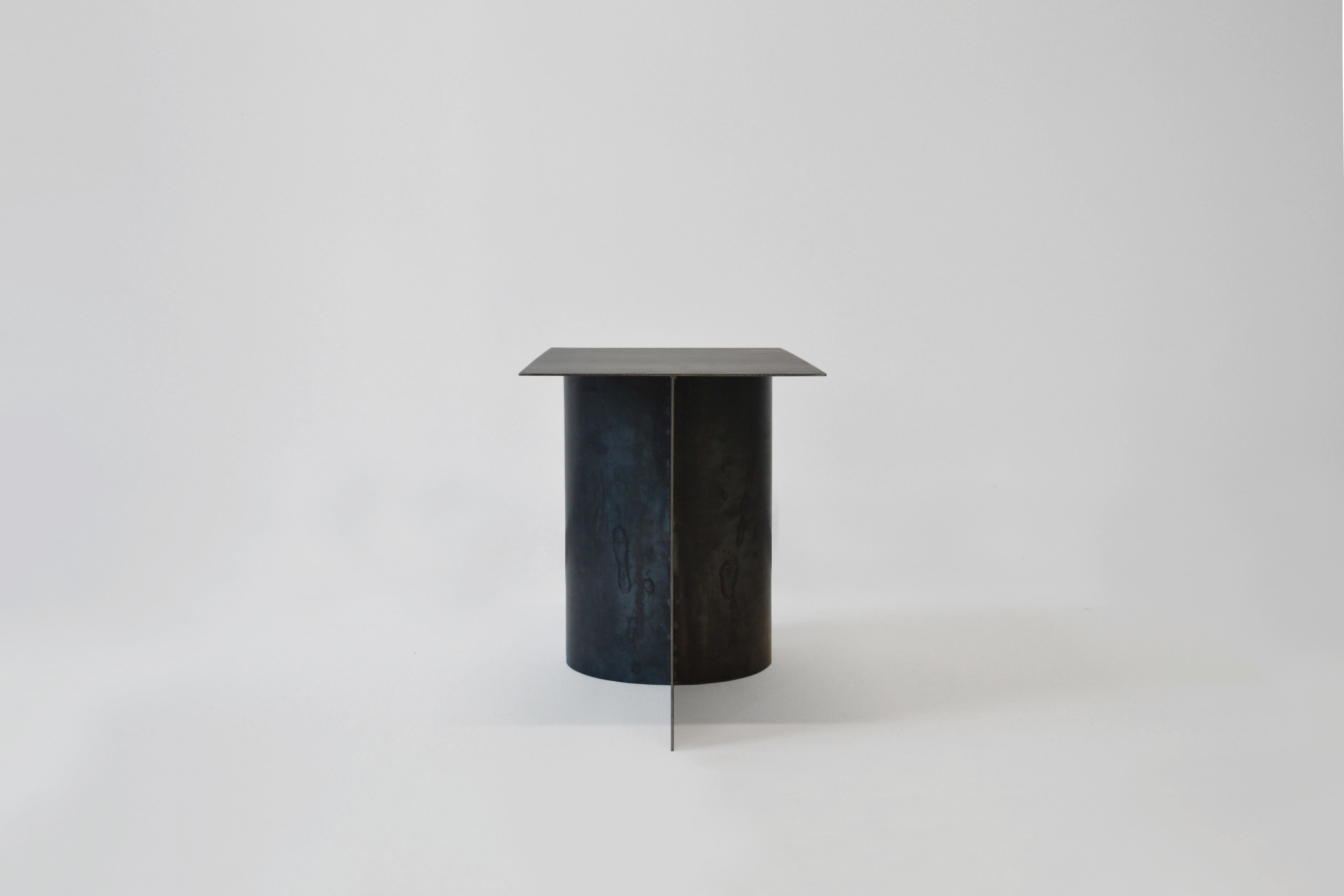
NM: As a studio, how do you see the next few years unfolding? In terms of your vision, the work you want to make and why?
CJ: As a studio, we intend to carry out our personal research exploring our identity and vision by producing small series of experimental works. Together with companies, we’d like to be able to take our ideas a step further through their expertise and production techniques. On a global scale, it’s definitely an exciting time to be a designer so we hope that our experimental approach will give us the flexibility to adapt to other projects or contexts where design is increasingly necessary.

